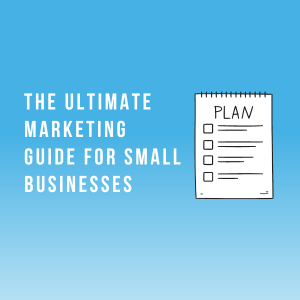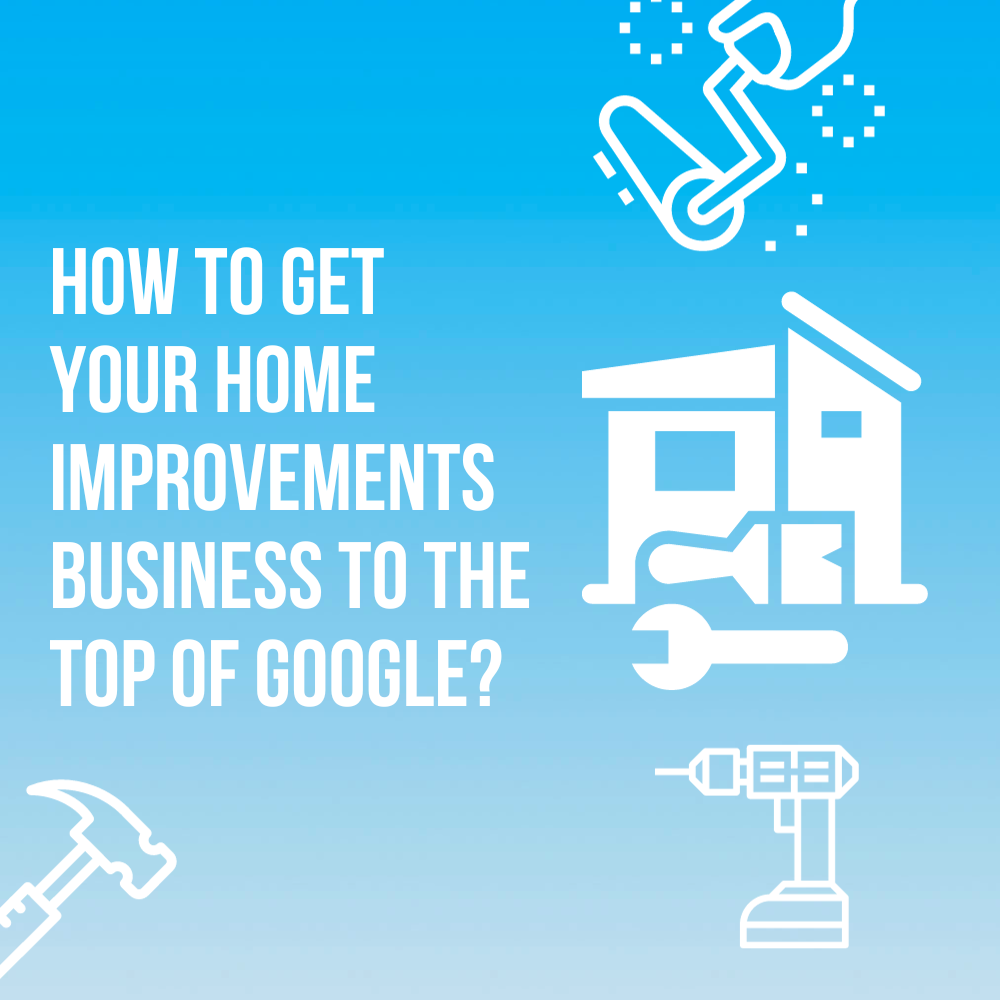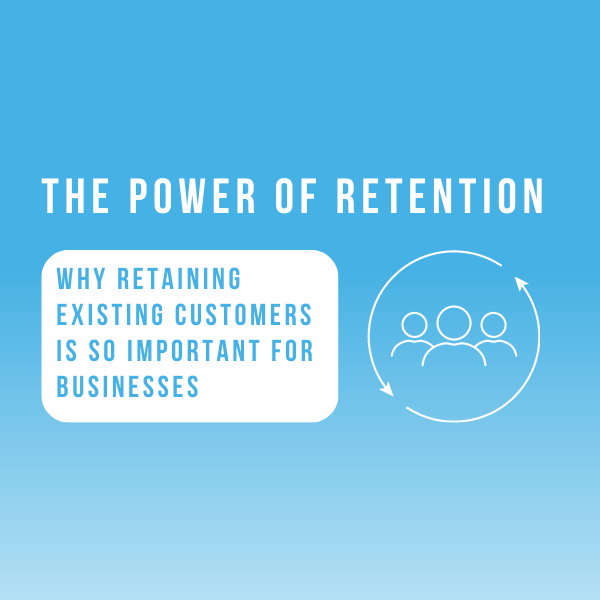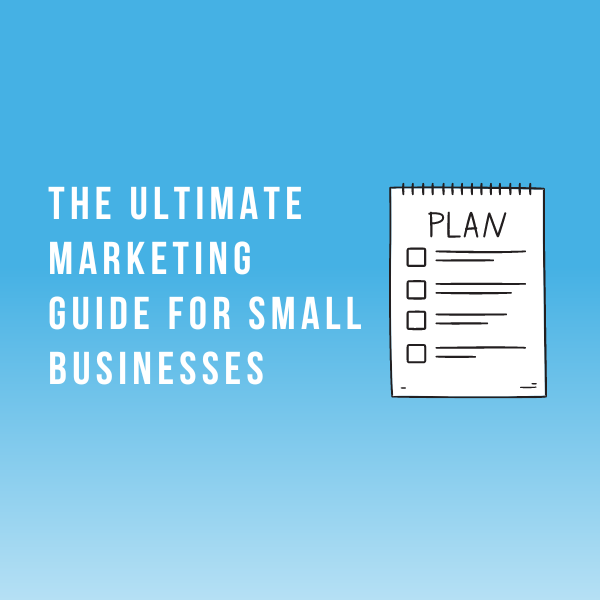Why organic traffic matters
Organic traffic refers to users who appear on your site from organic search results i.e not paid. Organic traffic is always completely free and gives users the most relevant, reliable, and informative results. Quality organic traffic comes from what the search engines perceive as relevant and authoritative content.
The main reason organic traffic is so important is that it’s targeted. Users who access your site through organic search results are looking for your content. You didn’t push them to your site, they wanted to find you. This means that users are more likely to convert.
E-A-T
E-A-T stands for Expertise, Authoritativeness, and Trustworthiness. E-A-T is a concept that Google uses to measure what content is high-quality and should therefore be ranked higher. To create an excellent blog post that boosts your organic traffic it’s important to keep these three guidelines in mind.
Expertise doesn’t always have to require formal training; search engines allow everyone to share their life experiences and answer search queries.
Authoritativeness doesn’t just come from who’s posting but it’s also judged on the content itself and the domain authority of the website.
Trustworthiness comes from the content creator, the content itself, the website, and the quality and number of backlinks.
Why it takes time to increase organic traffic
Search engine optimization (SEO) is the process of optimising content creation, social media marketing, off-page factors and the technical aspects of a website to improve visibility on search engine results pages (SERPs). Increasing, acquiring, and maintaining top positions in SERPs is a continual process. Even if you do all the hard work to get to the top, there will be new google ranking factors you need to contend with and competition that will try to take your place. Google estimates that professional SEO agencies will take at least 6 months to see any real progress. The top three Google search results get 75.1% of all clicks. SEO is a long process, but many people recognise that fighting for these top three spots is worth it in the long run.
How to find content that will rank easily
When writing a blog, you need to make sure that your content will benefit your target audience. The best place to start is by checking to see what your website is already getting organic traffic for. Google search console is a free and easy way to search for your ranked organic searches and the number of impressions and clicks you’ve already earned. As soon as you have an idea for an important keyword, you can plug it into a keyword search tool from a top marketing platform such as SEMrush. Keyword research tools come with keyword suggestions, most of which will tell you the most popular questions asked in SERPs.
How to construct your blog
1. An interesting H1 title & H2’s
If you find yourself failing to come up with an attention-grabbing title, then inspirational social media sites such as Pinterest have thousands of ideas to inspire your next blog headline. If you see a title that you like, you can easily swap out the keywords for your own. A H1 should include your most important keyword and H2’s should include your important subheadings.
2. Body copy
Body content makes up the majority of your blog. If your copywriting isn’t interesting and engaging here, then you can’t expect to rank. A common rule is that the more time you spend writing excellent copy and the more words your post has, the greater chance you have at ranking. Anything around 1500 words suggests that you have covered a topic in depth.
3. Title tag
A title tag is what appears in SERPs. It is the clickable title that is mainly optimised for a better user experience. Users will appreciate you being specific with your title tag and including only relevant keywords.
4. HTML meta tag
Meta descriptions also appear in SERPs as the summary that describes your webpage’s content. CTR performance can be improved through optimised meta descriptions.
5. URL
The general rules that indicate a quality URL are that they are short, lowercase, separated with hyphens, unique, and well structured and are relevant to the content of your blog.
6. Image titles & alt text
Image titles are great for telling SERPs what an image is, accurate image titles will help you to appear in image searches. Alt titles are known to improve SEO strategies as they allow your image to be understood by crawlers.
SERPs are there to improve user experience. If you can prove to crawlers that you know what you’re talking about you will increase your organic traffic much faster. We hope these tips will help you to create SEO optimised blogs.
If you need any more help with your blogging strategy, contact us today and speak to our friendly team for more information or guidance.












